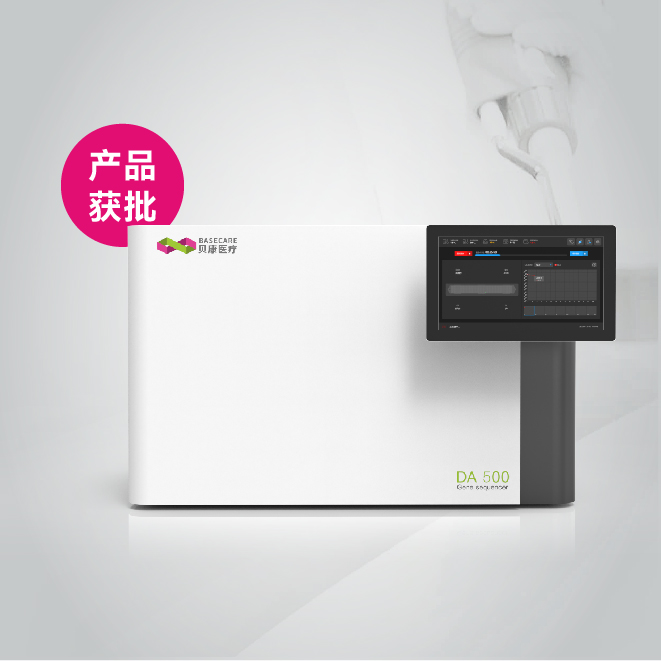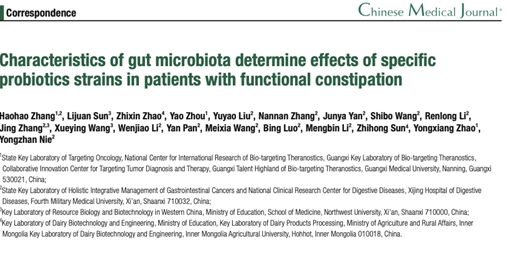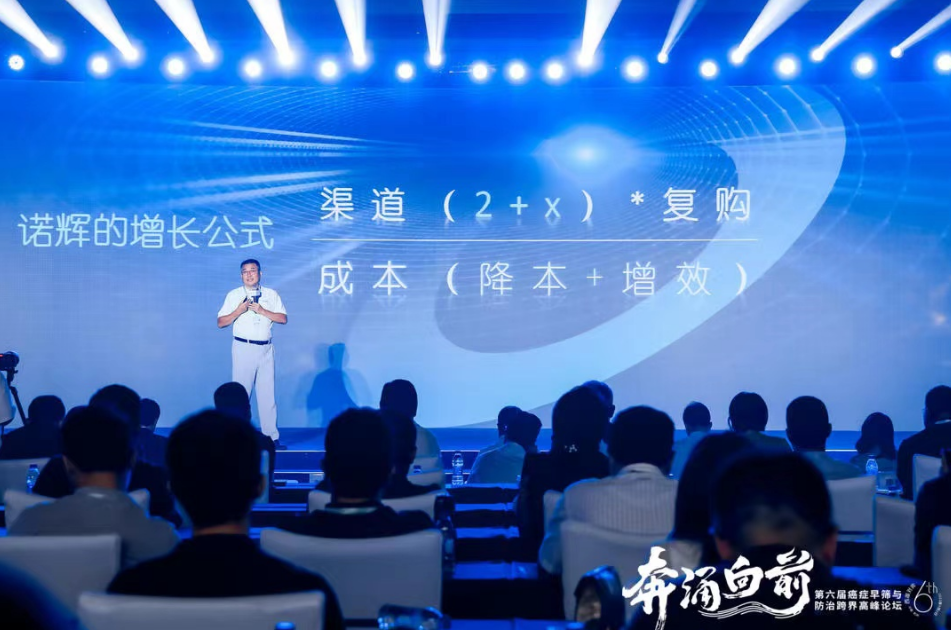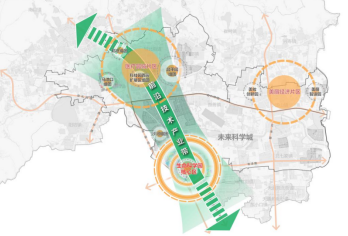Jean Peccoud and Christine Jacob
INTRODUCTION
Quantitative applications of the Polymerase Chain Reaction (PCR), also known as Quantitative-PCR (Q-PCR) are intended either to determine the number of copies of a given nucleic acid sequence, or more generally, to determine the relative abundance of two sequences. Current methods to determine exact numbers of molecules overcome the determination of the amplification rate by assuming identical amplification rates for a target DNA sequence and a standard of known quantity introduced into the experiment design, so that only the ratio of amplified products need be determined. Violations of the hypothesis of identical amplification rates for two sequences will result in a systematic bias in the experiment results that underestimates or overestimates the initial copy numbers. Acquisition of kinetic PCR data was pioneered by Higuchi et al. (Higuchi et al., 1993; Higuchi et al., 1992) and commercial instruments have been available since early 1996. Kinetic data provide a new way to determine the amplification rate, and we can foresee that their availability will rekindle interest in the algorithms used to compute the initial quantities of DNA sequences. Analysis of kinetic PCR patterns will soon make its way into the family of recipes that have been in use for some years in this field. This chapter provides evidence that a statistical analysis of the amplification rate is critical to ensuring a reliable estimate of the initial copy number.
PCR AMPLIFICATION LEADS TO STOCHASTIC FLUCTUATIONS.
PCR is an exponential amplification of a DNA target molecule population of initial quantity, N0 . If every molecule were duplicated at each cycle, the population size at cycle n, Nn , would then be twice the size of the population at







